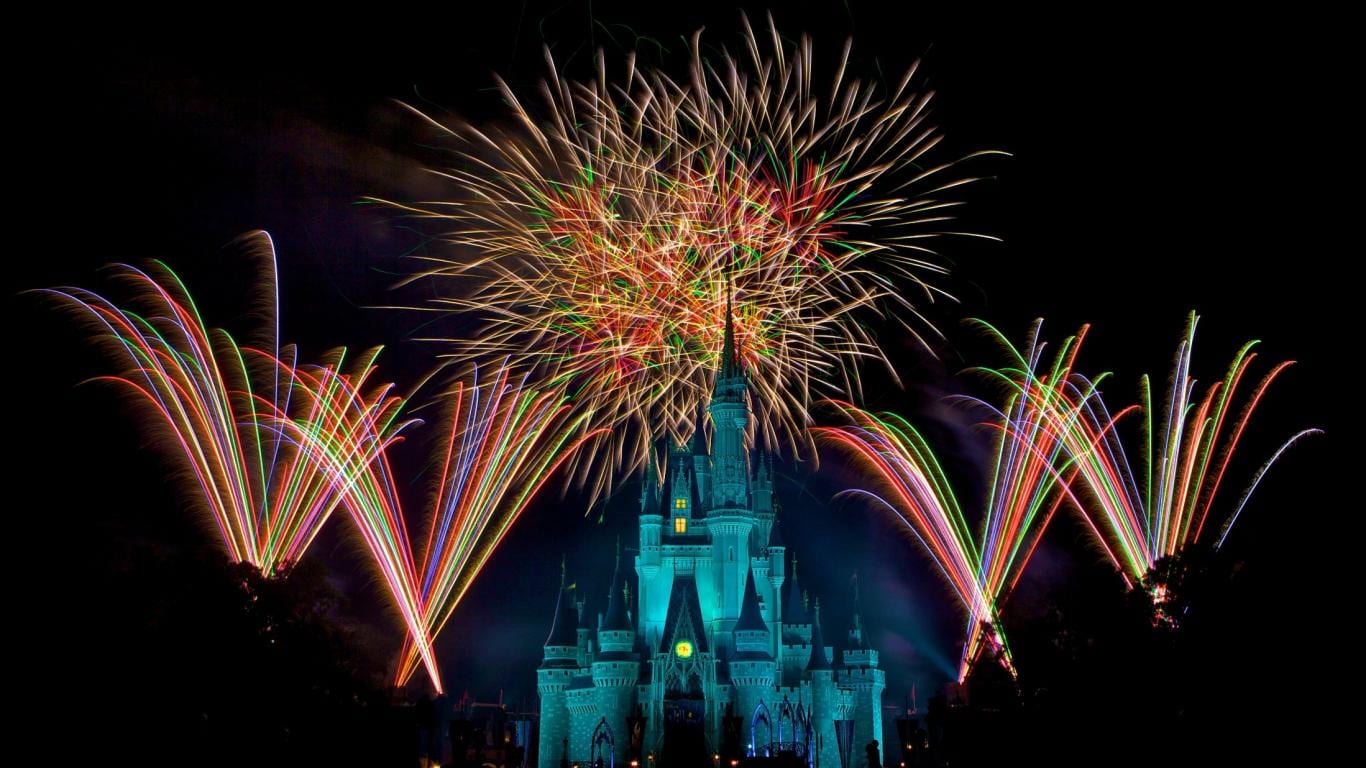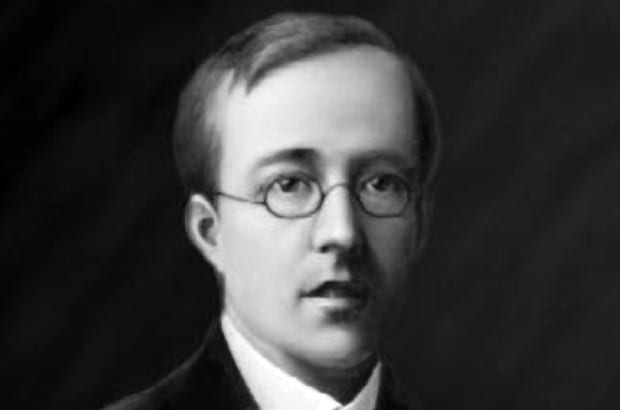 Left are the World Soundtrack Awards and Right are the statuettes given at the Costume Designers Guild Awards
Left are the World Soundtrack Awards and Right are the statuettes given at the Costume Designers Guild Awards
Following on from Tis’ the season: A look at Film Awards, we’ve compiled a few lesser known awards, the Costume Designers Guild Awards, The World Soundtrack Awards and the Visual Effects Awards. Three entirely different yet equally interesting celebrations.
The Costume Designers Guild Awards have honoured costume designers in film since 1999.
The guild which was founded in 1953 represents costume designers, assistant costume designers and costume illustrators. Today the CDG includes around 750 costume designers, stylists and illustrators, many of which are based in LA.
The trophy for the CDG Awards is a sterling silver statuette created by costume designer, David Le Vay and manufactured by Italian jewellery designer Bvlgari. The beautiful and intricate design takes the form of an abstract female figure standing 37 centimetres tall and each one takes around 50 hours to make.
Until 2012, an annual ‘hall of fame’ award was presented, celebrating career achievement. One of the first winners in 1999 was Edith Head, the costume designer who sparked inspiration for Edna Mode the fictional eccentric fashion designer and superhero costume creator from The Incredibles.
The 16th Costume Designers Guild Awards will be held on February 22nd this year. Nominations include Suzy Benzinger for Blue Jasmine, Ann Maskrey, Richard Taylor and Bob Buck, for The Hobbit: Desolation of Smaug and Catherine Martin for The Great Gatsby.
The 12th annual Visual Effects Awards will be held this year. The ceremony honours outstanding visual effects from throughout the past year and the artists behind them.
With more than 2,800 members in over 32 countries, the Visual Effects Society represents a wide breadth of visual effects experts including artists, technologists and model makers. The VES Awards have been held since 2003 when they celebrated achievement in 2002. The Lord of the Rings: The Two Towers won eight awards in the first ceremony, including Best Visual Effects in a Driven Motion Picture.
This year’s Visual Effects Awards will be held on February 12th at the Beverly Hilton Hotel. Nominations are yet to be announced but we predict that Gravity, The Hobbit: Desolation of Smaug and Star Trek into Darkness will do well.
Moving on to something quite different; the World Soundtrack Awards celebrate music in film. Partnered with the Film Festival Ghent, the awards have been celebrated alongside the festival since 2001. The ceremony is held annually held each October in Belgium and awards include; Best Original Song Written for a Film, Best Original Soundtrack of the Year and the Lifetime Achievement Award.
The event often includes a performance from the Brussels Philharmonic Orchestra which has strong ties with the Film Fest Ghent, regularly partnering for recordings and concerts. Dirk Brossé, the conductor of the BPO, composed the Emmy nominated score for BBC drama Parade’s End.
The statuette for the World Soundtrack Awards is based on a sine wave – a sound wave represented on a computer screen. The wave is cut down to one single stylised undulation, and is then looped five times creating the shape of a crown. In the glass top of the statuette the wave floats ‘as it is not subject to gravity’ and the base is black referencing Bakelite, an early plastic commonly used for radios.
The 2013 World Soundtrack Awards have already taken place. Skyfall was awarded the accolade of Best Original Song, and Life of Pi won both Best Original Film Score of the Year and Film Composer of the Year. The 2014 Awards will take place in October this year.












